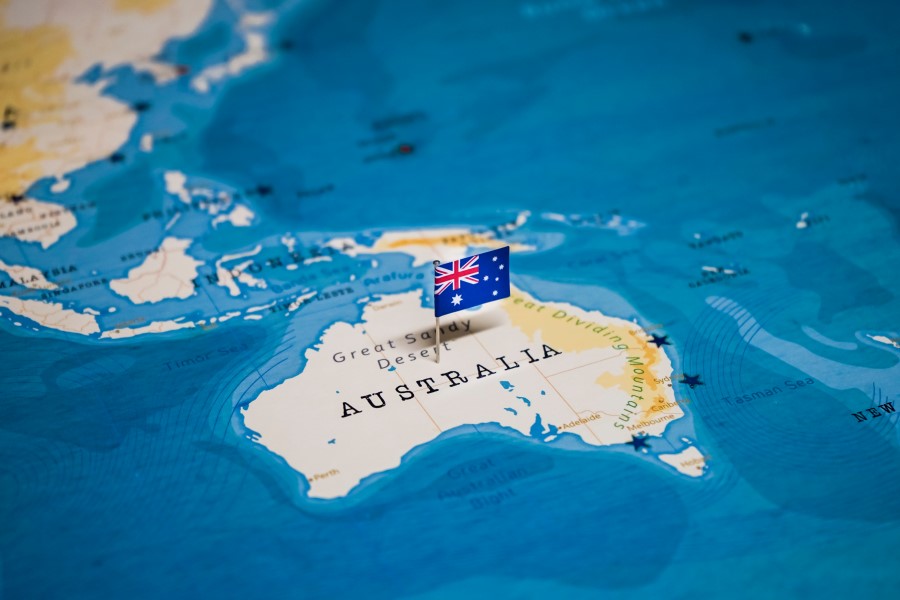
Australia has doubled down on its focus on Southeast Asia after ties with China, previously one of its largest two-way trading partners, soured under geopolitical tensions.
The amount of investment received by ASEAN from Australia has been climbing steadily in the past two decades, increasing by an average of 11.5 per cent a year (around $33 billion overall) between 2003 and 2022.
Seeking to expand its economic footprint in Southeast Asia and reduce its reliance on China, Australia recently announced the Southeast Asia Economic Strategy to 2040. This long-term plan features a comprehensive array of initiatives designed to boost trade and investment flows between Australia and the ASEAN nations, which, as a bloc, is likely to be the world’s fourth-largest economy in two decades.
Amongst the initiatives, the Australian Trade and Investment Commission is going to spend $70.2 million on a four-year initiative to boost Australian investment in Southeast Asia, with particular focus on strategic sectors. The government will also lead a $19.2 million program to support increased two-way trade between the two regions.
Nicola Yeomans, a Singapore-based partner at King & Wood Mallesons who worked on the Economic Strategy to 2040 report, notes a rise in Australia’s outbound investment in ASEAN countries in recent years preceding the government’s latest push into the region.
The trend has been largely driven by active trade agreements with ASEAN countries, including the ASEAN-Australian-New Zealand Free Trade Agreement (AANZFTA) and the Comprehensive and Progressive Agreement for Trans-Pacific Partnership (CPTPP), which have enabled huge trade and investment flows between Australia and ASEAN countries, according to Yeomans.
The Australian government has highlighted ten strategic sectors as it turbocharges business exchanges with ASEAN, including agriculture and food, resources, infrastructure, and healthcare.
Most notable of them all is the green energy transition, as both coal-dependent Australia and Southeast Asian countries are eager to decarbonise their power sources and supply chains. A Canberra-backed $2 billion finance facility is expected to fund green energy and infrastructure investment from Australia to Southeast Asia to capitalise on spiralling demand for renewable power in the region.
Infrastructure, on the other hand, is also a strong focus in the government’s plan. “Infrastructure is a big sector, as evidenced by AustralianSuper’s $1 billion investment in the National Investment and Infrastructure Fund (NIIF). The NIIF is currently India’s largest infrastructure fund and has a huge growth mandate in renewable energy, roads, logistics and digital infrastructure,” explains Yeomans.
However, as Australian investors pile into the new hot territory, Yeomans cautions against potential legal risks and challenges in the diverse region prompted by regulatory complexities.
“The Australian pension funds and sovereign wealth LPs we advise, which have successfully invested in North America and Europe, are concerned about the risk of direct investment or co-investment in Southeast Asia,” says Yeomans.
“The reason for this is the complexity of the various regulations in this region, and it is particularly challenging to navigate the different frameworks, legal systems, and business practises. If we enter into a local partnership with a local entity that may be state-owned, there is also the possibility of falling out of favour after a change of government,” she adds.
Apart from regulatory hurdles, cultural barriers, language proficiencies, and political risk can also curtail commercial potential due to unstable governments in some of the ASEAN member states. To successfully guide their clients in navigating the ASEAN investment landscape, Yeomans suggests that Australian lawyers need to be knowledgeable and experienced in this region to bridge the gap between expectations in Australia and those in the region.
“Australian firms, including those with international partnerships, have a limited presence in the region and are constrained by regulatory hurdles and limited investment. The lawyers representing these firms are therefore looking for lawyers who can manage the higher risk associated with operating in the region,” says Yeomans.
Hence, the key to managing this risk is to have a close relationship with a local partner. Yeomans says Australian law firms also need to raise and address important questions. “Is the partner thinking about what happens if the government changes? And how much does the partner focus on the agreement or simply gloss over the legal terms?” she asks.
“The combination of understanding Australian legal standards and the regional position is where the magic lies in being able to support Australian companies looking to invest in ASEAN markets,” adds Yeomans.


